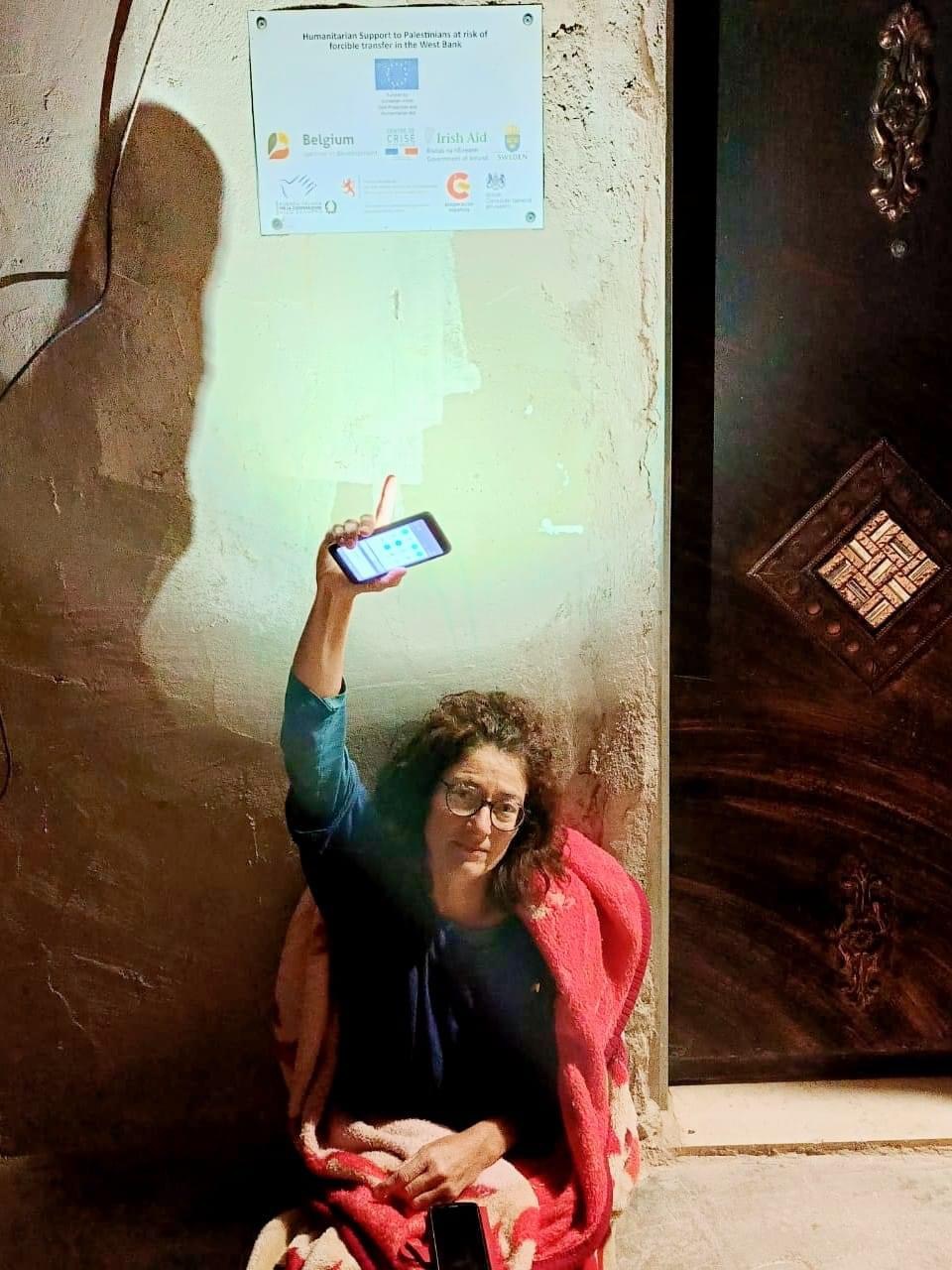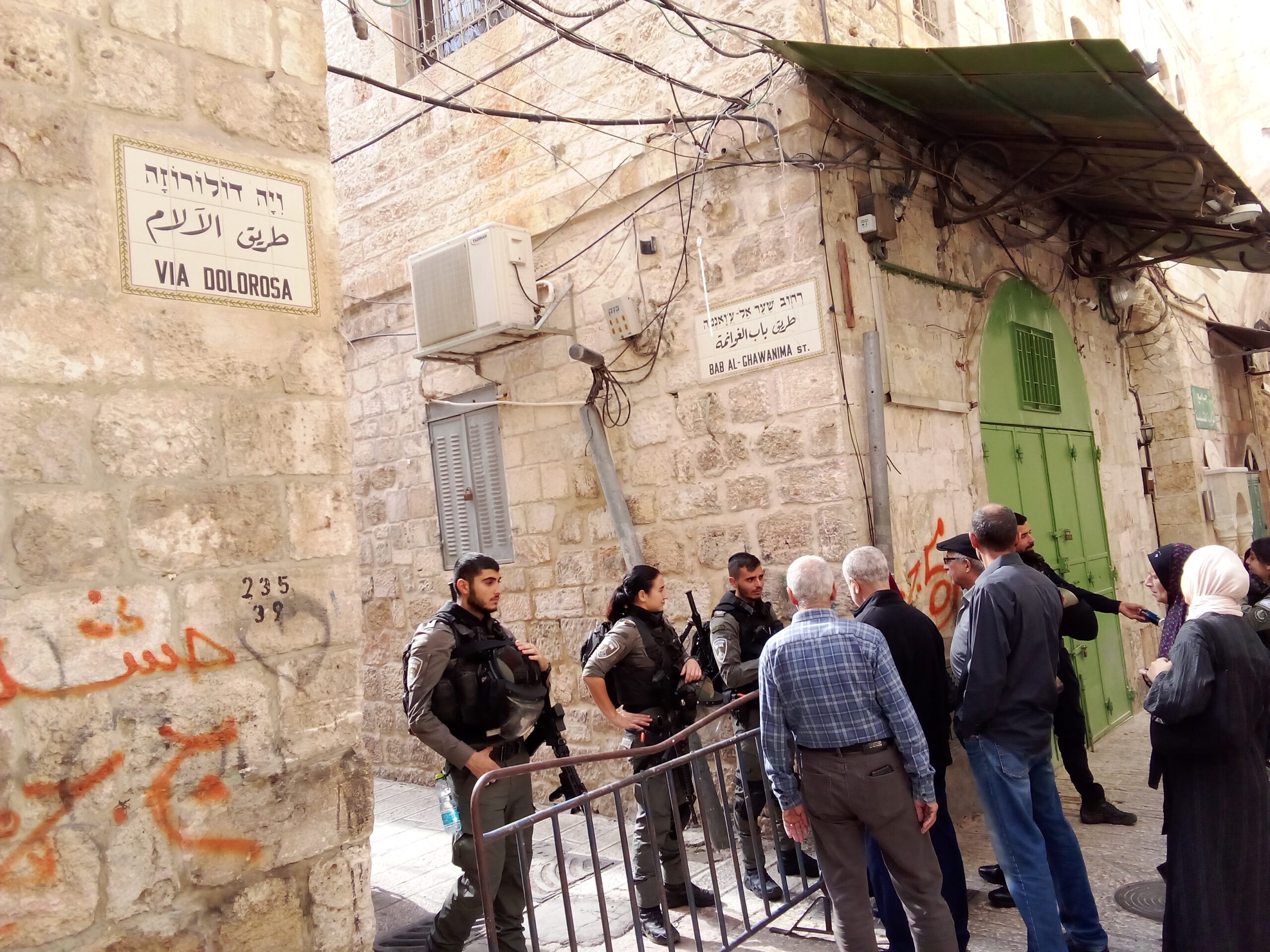Tag: International law
-
Occupation Forces Issue Demolition order for Al-Aqsa Imam
Occupied East Jerusalem On December 3, Israeli Occupation forces converged on the Sawaneh neighborhood in occupied East Jerusalem evicting its residents and pinning intention-of-demolition orders to all families in the building albeit their target was solely the home of one of Al-Aqsa Mosque’s main Imams, Sheikh Ekrima Sabri. The order affects 18 homes,…
-
Human Rights Defender Accused of Supporting Terror
Alison Russell, a Scottish-born Belgian citizen and Human Rights Defender, was detained by the Israeli occupation authorities while documenting the demolition of a house in Masafer Yatta, in the South Hebron Hills of the occupied West Bank. She was deported after very perfunctory proceedings at the Jerusalem Magistrate’s Court.
-
Al Aqsa and How To Help Oppressors
Muslims were prevented from entering Al Aqsa for Friday prayers on November, 17th 2023. According to Palestinians in the Old City of Jerusalem, this is the sixth week in a row that the majority of people coming to pray have been denied entry.



